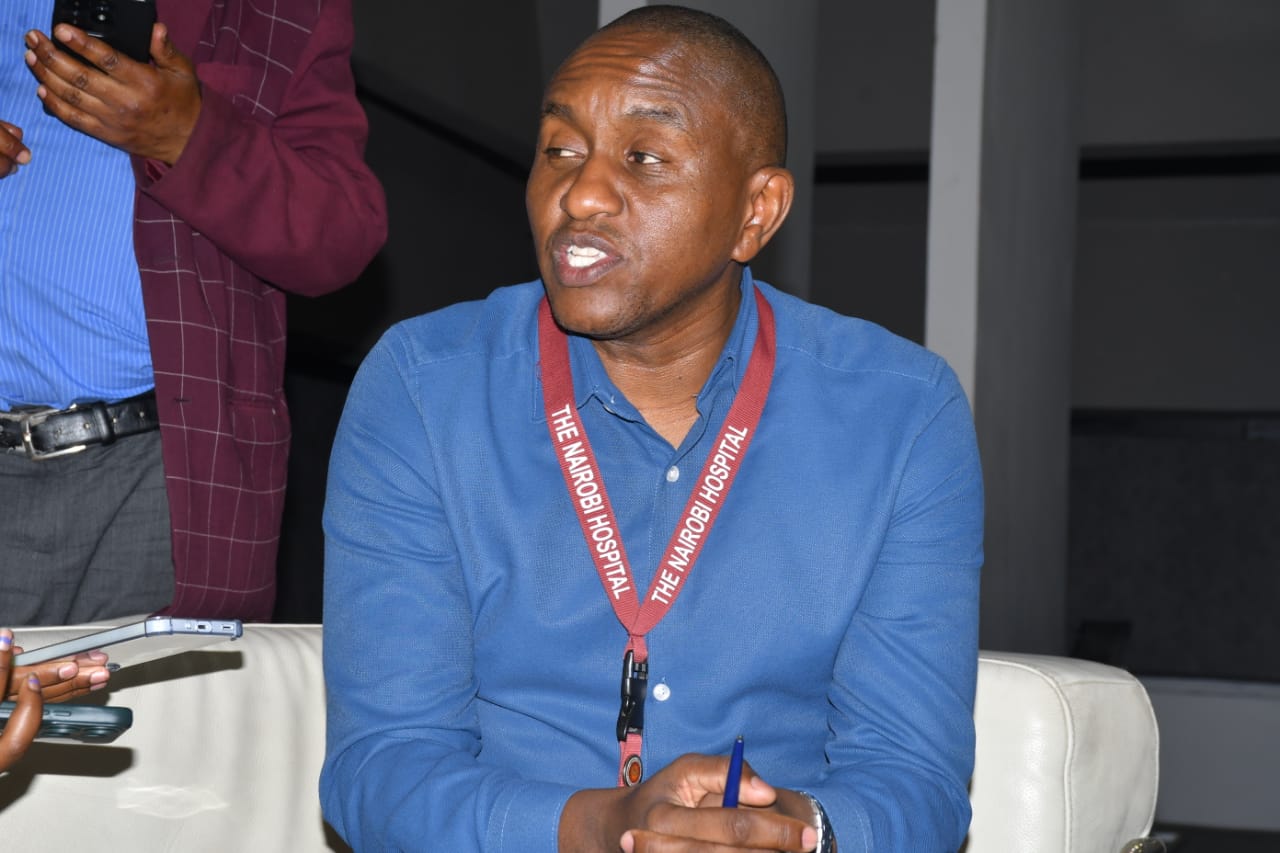Nairobi, Kenya – March 26, 2025 – Kenya is significantly underutilizing its healthcare resources despite having world-class facilities capable of attracting medical tourists, according to Dr. Reuben Okioma of Nairobi Hospital. In a recent discussion, Dr. Okioma emphasized the country’s potential to expand medical tourism, citing advanced diagnostic and treatment capabilities that remain underused.

Nairobi Hospital boasts state-of-the-art medical technology, including a biplane catheterization lab for heart procedures, two CT scanners, and two MRI machines—all operating below full capacity. Bed occupancy hovers at 70-80%, with the former COVID-19 isolation wing now sitting vacant.
“We lose about 30% of our potential capacity,” Dr. Okioma noted. “If we attract more medical tourists, we can optimize these resources while improving care for local patients.”
Kenya is gradually reversing the trend of patients seeking treatment abroad, particularly in India and Turkey, thanks to improved local capacity in oncology, bariatric surgery, and cardiology. However, cosmetic surgery remains a key gap, with Turkey still dominating the market.
Currently, Nairobi Hospital admits an average of two foreign inpatients daily, with outpatients making up 6-7% of total visits. Most medical tourists come from neighboring countries—South Sudan, Uganda, Burundi, Rwanda, Congo, and Ethiopia—with some arriving as far as Madagascar and the Comoros, a trend that began during the COVID-19 pandemic.
High costs, driven by imported medical supplies, remain a barrier. Dr. Okioma stressed the need for local pharmaceutical and surgical manufacturing to reduce expenses. Additionally, low health insurance coverage (just 3% nationally) and a reactive rather than preventive healthcare culture limit domestic utilization of advanced services.
“Many Kenyans only seek care in emergencies,” he said. “If more people proactively checked for conditions like heart disease, we’d see better outcomes and higher facility usage.”
To compete globally, Kenya must package end-to-end medical tourism services—ensuring predictable costs and quality—while expanding specialties like cosmetic surgery. With strategic investments, the country could follow in the footsteps of India and Turkey, where medical tourism has elevated overall healthcare standards.
“We have the capacity,” Dr. Okioma affirmed. “Now we need the right policies, partnerships, and public awareness to unlock it.”






